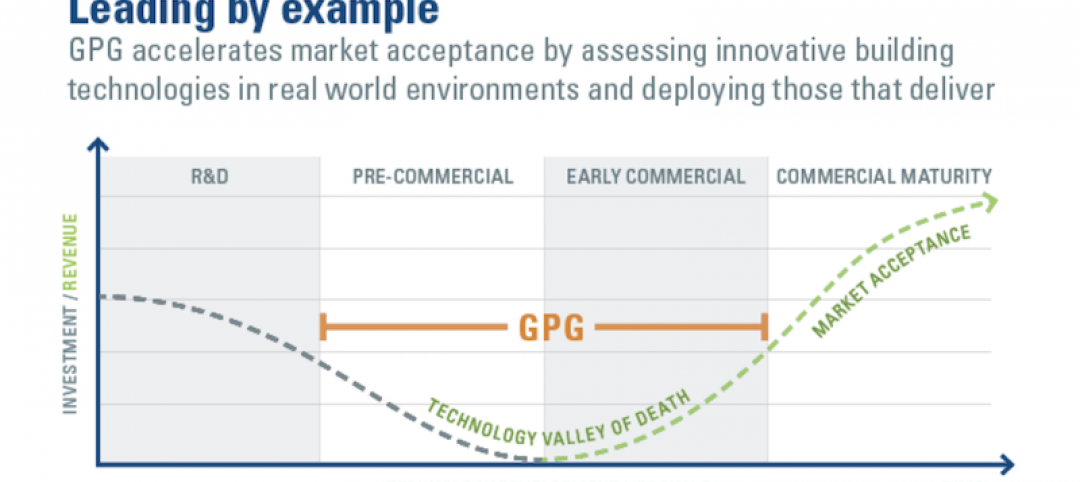Global design firm HOK has released research providing lab owners and developers guidance for reducing operational and embodied carbon to meet net zero goals.
HOK’s initial analysis indicates that it is possible to build and operate labs in accordance with the sustainable design goals of the RIBA and AIA 2030 challenges, according to the report’s executive summary. “The approaches studied in this analysis can significantly reduce the whole-life carbon (operational carbon + embodied carbon × building lifespan) of a lab building,” the document says.
Modelling revealed little difference between vertical and linear lab building forms in achieving net zero. But linear labs’ expansive roofs provide an advantage by allowing for more solar panel arrays.
The analysis examined new lab buildings, but the most sustainable option is to reuse and adapt existing buildings, HOK says. Lab buildings are significantly more energy intensive to operate than commercial office buildings and their embodied carbon also is much higher than typical commercial space. Labs demand far greater ventilation than most building types and are home to highly energy-intensive equipment that is often in operation 24 hours a day. Labs also require robust structural systems to limit building vibration and support heavy building loads.
HOK’s analysis looked at numerous strategies to reduce carbon footprint in lab structures. The report provides technical details on these approaches.
Related Stories
Codes and Standards | Dec 28, 2020
Dept. of Energy offers Better Buildings Field Validation Results Hub
One-stop-shop for information associated with technology validations in buildings.
Codes and Standards | Dec 28, 2020
2021 Defense Authorization Act includes mass timber provision
Directs defense, agriculture secretaries to review potential for wood frame construction on defense building projects.
Codes and Standards | Dec 28, 2020
New York City proposal would require rainwater detention tanks for new development
Rule would apply to projects on lots sized 20,000 sf or larger.
Codes and Standards | Dec 17, 2020
Energy efficiency as a service gaining ground as financing approach for adopting innovations
Building owners can invest in new technology with no upfront cost.
Codes and Standards | Dec 16, 2020
Resources available to address Legionella threat
Buildings reopened after extended pandemic closure are at risk.
Codes and Standards | Dec 16, 2020
New Specifications for Concrete Construction reference manual released
Scope expanded to include shotcrete, internal curing, mineral fillers, and recycled concrete aggregates.
Codes and Standards | Dec 15, 2020
Despite COVID-19 population flight, don’t write off big cities yet
Lure of urban life and jobs may draw people back after pandemic subsides.
Codes and Standards | Dec 10, 2020
Test method for vertical fenestration installation procedures updated
FGIA issues first update for document created in 2005.
Codes and Standards | Dec 10, 2020
Updated EPDs for Polyiso Roof and Wall Insulation; EPD for Polyiso High-Density Cover Boards published
Cover Boards EPD is an industry first.
Codes and Standards | Dec 9, 2020
Newly formed Rainscreen Association aims to be recognized authority on rainscreen assemblies
Will address innovations in material performance and building designs.

















